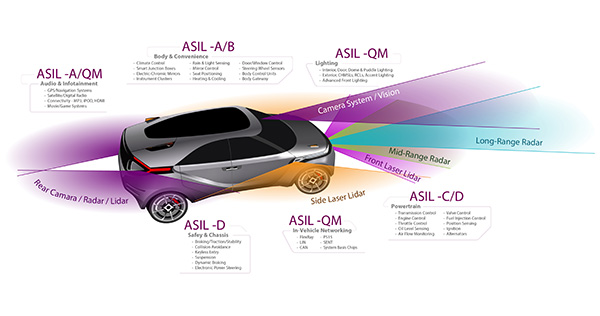
Lane keeping assist systems are becoming standard features on new vehicles. They’re designed to help drivers stay in their lanes by gently nudging the steering wheel if the car starts to drift. On the surface, it sounds like a great safety tool. And in many cases, it is.
But like any system, it has its limits. Relying too heavily on lane-keeping assist, or misunderstanding what it can and can’t do, can create problems. If you've ever felt your steering tug unexpectedly or found yourself fighting the wheel, you’ve already experienced some of the hidden downsides of this technology.
Here’s what you need to know to use lane keeping assist effectively and safely.
What Lane Keeping Assist Is Supposed to Do
Lane keeping assist is meant to step in when you unintentionally begin drifting out of your lane. It works by using cameras, usually mounted near the windshield, to track lane markings on the road. When the system detects your vehicle is about to cross a line without signaling, it can gently steer the car back toward the center of the lane.
Some systems also provide audible alerts or vibrations to grab your attention before applying any steering input. In theory, it’s there to help prevent lane departure accidents caused by distraction or drowsiness.
When the System Works Best
Lane keeping assist systems work well on clearly marked roads with good visibility. On a sunny day with fresh lane paint, the system can accurately follow the road and provide helpful assistance if you drift. It can reduce driver fatigue and add a layer of safety during long highway drives.
It’s especially useful in vehicles with adaptive cruise control, helping keep the car centered and on track without constant small corrections from the driver.
The Dangers When Conditions Change
Things start to get tricky when the road conditions aren’t perfect. In rain, snow, or fog, the system may not be able to see the lane markings clearly. If lines are faded, covered by debris, or missing entirely—as they often are in construction zones or on older roads—the system might disengage or make incorrect corrections.
In some cases, the system may steer the car based on false information, causing unintended movements. This can be jarring or even dangerous if you're not expecting it.
Overconfidence in the System
Another major concern is overreliance. Some drivers assume lane keeping assist will prevent all types of lane drifting or that it can take over in complex situations. But it’s not a self-driving feature. It's there to support, not replace, your steering control.
If you're distracted or not holding the wheel, the system may not respond in time to prevent a lane departure. And in emergency maneuvers, lane keeping assist can even interfere with quick steering inputs, making it harder to avoid a sudden obstacle.
Driver Frustration and Fatigue
Some drivers find the system intrusive. If you intentionally cross the lane for a legal reason—like avoiding a pothole or moving over for a cyclist—the system might still try to pull you back, creating resistance. This constant fight with the wheel can lead to frustration and fatigue.
In tighter urban settings or on winding rural roads, lane keeping assist may be more of a distraction than a help.
When You Should Turn It Off
There are situations where disabling the system makes more sense. If you’re in a construction zone, driving in heavy rain, or navigating curvy backroads with unreliable markings, turning off lane keeping assist can give you better control.
Most vehicles allow you to disable the feature with a button or through the vehicle’s settings menu. Just remember to turn it back on when you're back on clearer roads.
Lorentz Automotive – Driver Assistance System Support in Lewisville, TX
At Lorentz Automotive in Lewisville, we can help you manage your vehicle’s advanced safety systems. If your lane keeping assist system feels unpredictable or if warning lights come on, we’ll inspect it, recalibrate the cameras, and make sure everything is functioning safely. Bring your vehicle in today and take control of your driving experience with confidence.